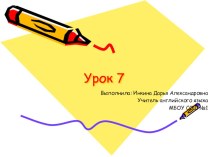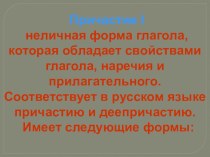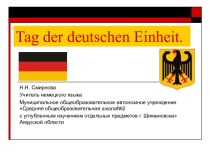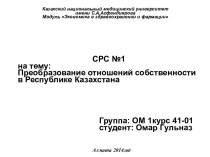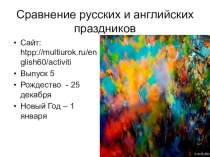- Главная
- Разное
- Бизнес и предпринимательство
- Образование
- Развлечения
- Государство
- Спорт
- Графика
- Культурология
- Еда и кулинария
- Лингвистика
- Религиоведение
- Черчение
- Физкультура
- ИЗО
- Психология
- Социология
- Английский язык
- Астрономия
- Алгебра
- Биология
- География
- Геометрия
- Детские презентации
- Информатика
- История
- Литература
- Маркетинг
- Математика
- Медицина
- Менеджмент
- Музыка
- МХК
- Немецкий язык
- ОБЖ
- Обществознание
- Окружающий мир
- Педагогика
- Русский язык
- Технология
- Физика
- Философия
- Химия
- Шаблоны, картинки для презентаций
- Экология
- Экономика
- Юриспруденция
Что такое findslide.org?
FindSlide.org - это сайт презентаций, докладов, шаблонов в формате PowerPoint.
Обратная связь
Email: Нажмите что бы посмотреть
Презентация на тему Moonshine
Содержание
- 2. Moonshine made from a fermented mixture of
- 3. Allow the sprouted corn to dry. Then
- 4. Then the alcohol is extracted through distillation using a still.
- 5. Distillation is a method of separating mixtures
- 6. 1: A heating device 2: Still pot
- 7. The wash is placed into a cooker.
- 8. The worm is placed in a
- 9. The ethanol vaporizes at 173°F, which is
- 10. Скачать презентацию
- 11. Похожие презентации
Moonshine made from a fermented mixture of corn, yeast, sugar, and water.If you are starting with whole corn, you first need to convert the cornstarch into sugar by 'sprouting' the corn. Place the corn in a
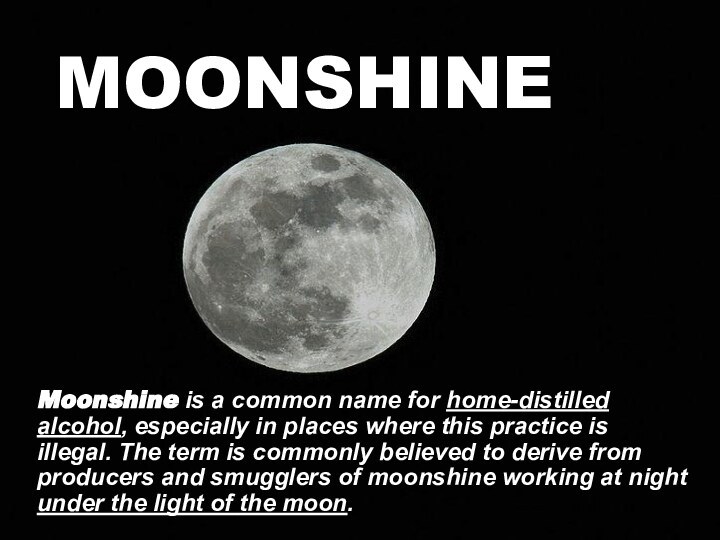
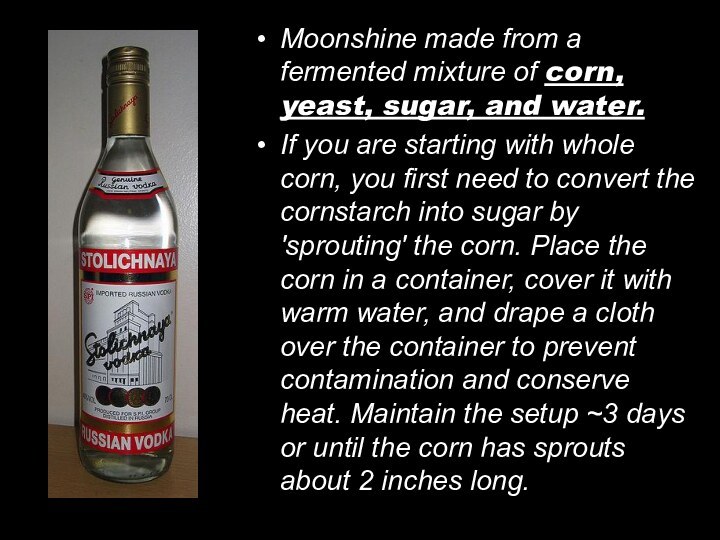
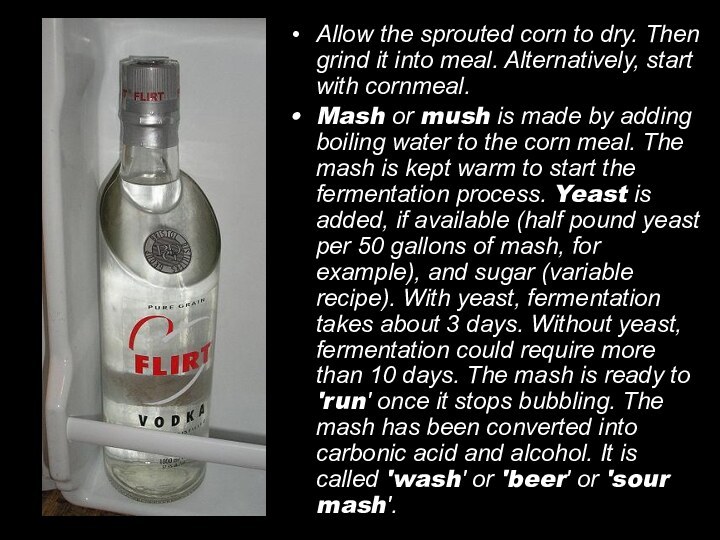
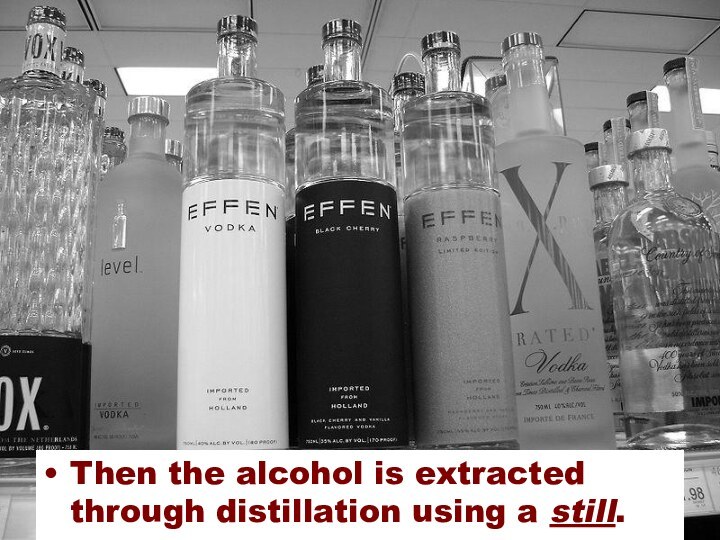
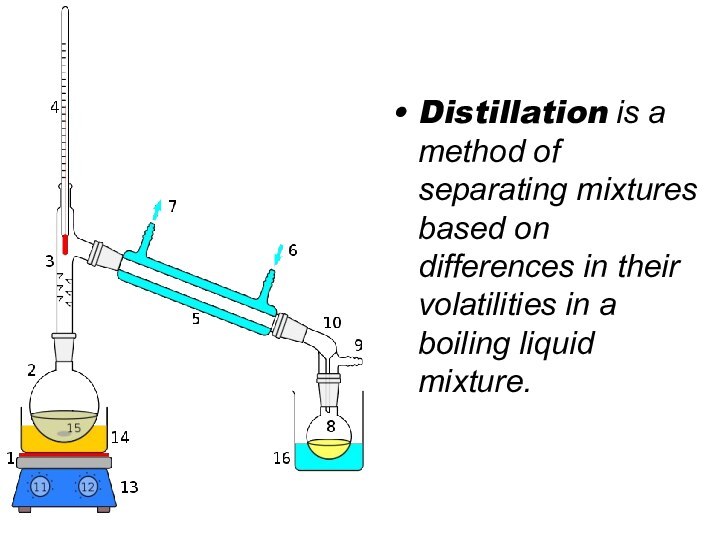


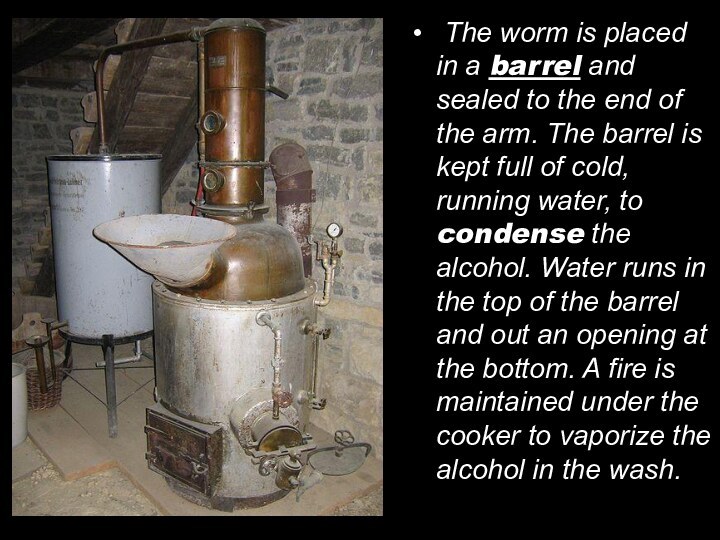
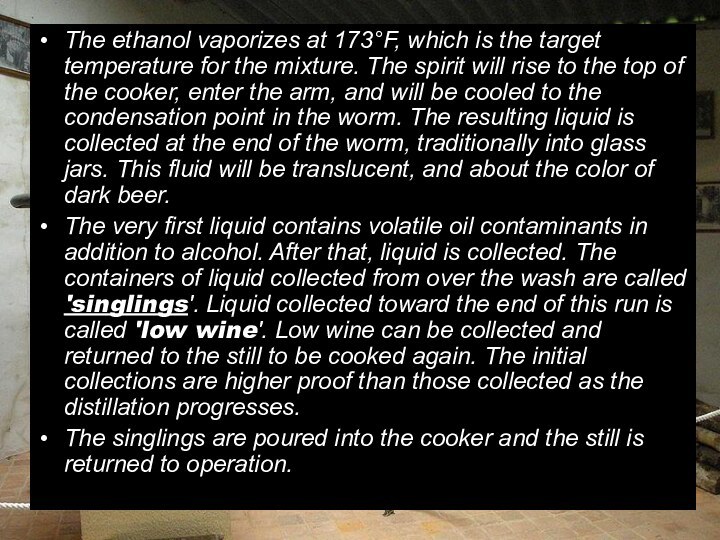
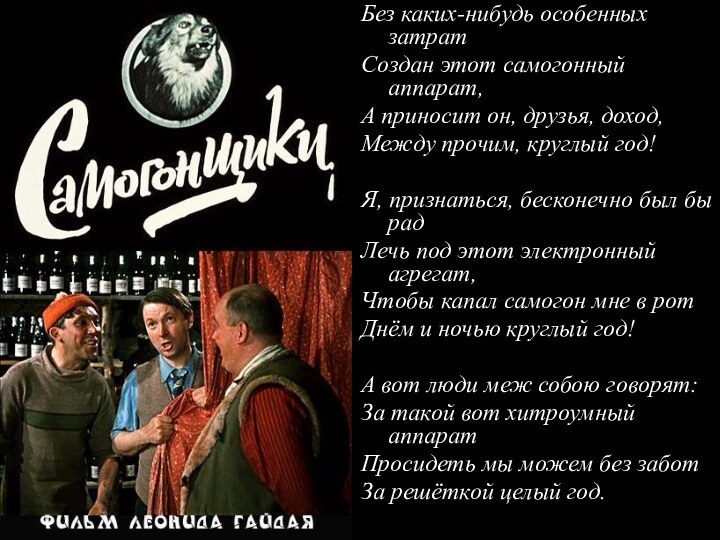
Слайд 2 Moonshine made from a fermented mixture of corn,
yeast, sugar, and water.
corn, you first need to convert the cornstarch into sugar by 'sprouting' the corn. Place the corn in a container, cover it with warm water, and drape a cloth over the container to prevent contamination and conserve heat. Maintain the setup ~3 days or until the corn has sprouts about 2 inches long.Слайд 3 Allow the sprouted corn to dry. Then grind
it into meal. Alternatively, start with cornmeal.
Mash or
mush is made by adding boiling water to the corn meal. The mash is kept warm to start the fermentation process. Yeast is added, if available (half pound yeast per 50 gallons of mash, for example), and sugar (variable recipe). With yeast, fermentation takes about 3 days. Without yeast, fermentation could require more than 10 days. The mash is ready to 'run' once it stops bubbling. The mash has been converted into carbonic acid and alcohol. It is called 'wash' or 'beer' or 'sour mash'.
Слайд 5
Distillation is a method of separating mixtures based
on differences in their volatilities in a boiling liquid
mixture.
Слайд 6
1: A heating device
2: Still pot
3:
Still head
4: Thermometer/Boiling point temperature
5: Condenser
6-7:
Cooling water 8: Distillate/receiving flask
9: Vacuum/gas inlet
10: Still receiver
13: Stirrer/heat plate 14: Heating (Oil/sand) bath 16: Cooling bath.
Слайд 7 The wash is placed into a cooker. At
the top of the cooker, there is a copper
pipe, or 'arm' that projects to one side and tapers down from a 4-5 inch diameter to the same diameter as the 'worm'Слайд 8 The worm is placed in a barrel
and sealed to the end of the arm. The
barrel is kept full of cold, running water, to condense the alcohol. Water runs in the top of the barrel and out an opening at the bottom. A fire is maintained under the cooker to vaporize the alcohol in the wash.Слайд 9 The ethanol vaporizes at 173°F, which is the
target temperature for the mixture. The spirit will rise
to the top of the cooker, enter the arm, and will be cooled to the condensation point in the worm. The resulting liquid is collected at the end of the worm, traditionally into glass jars. This fluid will be translucent, and about the color of dark beer.The very first liquid contains volatile oil contaminants in addition to alcohol. After that, liquid is collected. The containers of liquid collected from over the wash are called 'singlings'. Liquid collected toward the end of this run is called 'low wine'. Low wine can be collected and returned to the still to be cooked again. The initial collections are higher proof than those collected as the distillation progresses.
The singlings are poured into the cooker and the still is returned to operation.








